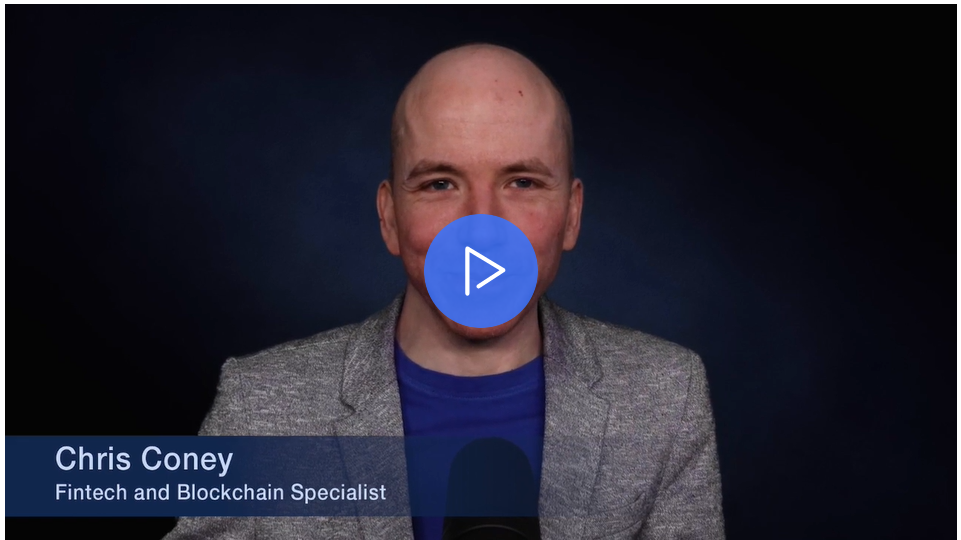To view our just-released video, click here.
For the transcript (edited for clarity) read on ...
Chris Coney:
In the last episode, I covered decentralized finance (DeFi) receipt tokens. Now, I want to introduce you to THORChain (RUNE, Tech/Adoption Grade “C+”).
In my DeFi Revolution Course, I teach all about liquidity pools. There are now liquidity pools on pretty much every blockchain protocol you care to name. The problem is that on any given network, you can typically only swap tokens that live on that same network.
That's fine if you do all of your DeFi activity on the Ethereum (ETH, Tech/Adoption Grade “A”) network exclusively, because it means you can swap any Ethereum-based asset for any other Ethereum-based asset.
But what if, say, you want to swap an asset on one network for an asset on a completely different network? What if you want to do it in a decentralized way? For example, if I want to swap some Ethereum for Bitcoin (BTC, Tech/Adoption Grade “A-”), the easiest and most obvious way to do that might be to deposit the Ethereum onto a centralized exchange, like Binance, and then just trade it right there.
But that's not DeFi, is it? No, it isn’t. It involves losing custody of your assets, if only temporarily.
Now you might forget this, but centralized exchanges are only available to a relative minority because they require full government identification and documentation. In many developing nations, those things just don't exist or are difficult to obtain, making DeFi the only way to access advanced financial markets.
In a nutshell, that's why we need to continue developing decentralized versions of every centralized service. Which brings be back to our main question: We have swap protocols on each network, but how do we link them all together?
Well, that is principally where THORChain comes in. Think of each network as a forest. Each forest has its own network of roots, and THORChain becomes the interstate root system, if you want to call it that, that connects the various forests together. It does this by having one giant, meta liquidity pool — as I call it — where all the native assets from all the various native blockchains trade against the core token on THORChain, RUNE.
In a similar way to what I described a few episodes ago — using crypto assets as a value transfer mechanism — RUNE is used to take the value out of the asset you want to swap, and then move it into the asset you want to receive.
More practically, when you go to an app like THORSwap, it looks just like the swap protocol interface you're probably already used to. Except instead of being limited to swapping assets on the network you're on, you can swap any asset on one network for any asset on another network.
Well, that's what the THORChain infrastructure is capable of anyway. Right now, the limitation with THORChain is that there are many cross-chain liquidity pools that haven’t been established yet. But that list is growing all the time.
The point is the infrastructure is there, so that highlights the investment case for RUNE itself. The value of RUNE should directly reflect the growth of the network, since it's half of every transaction. When we swap Ethereum for Bitcoin on THORChain, what really happens is the Ethereum is swapped for RUNE, and then the RUNE is swapped for Bitcoin.
Having it set up like this means you don't need each asset to trade against every other asset in a massively complex web of liquidity. Instead, RUNE provides liquidity to all the assets on the network and acts as the value transfer mechanism. But we may not really care about that or even know about that … we just click “Ethereum to Bitcoin” and swap.
Knowing what’s happening in the background is only of value if you're interested in that sort of thing or if you want to know how the RUNE token derives its value.
So, those are two opportunities that THORChain brings us: one is the opportunity to trade across chains, and the other one is to invest in the RUNE token itself, which relates to a growing network with huge potential.
There’s one more opportunity, though, that relates to the liquidity pool concept as a whole: ending fees by becoming a liquidity provider on THORChain.
THORChain actually makes this really simple. You start out with an asset in one of the THORChain-compatible wallets. Then, you go to the deposit section of an app, like THORSwap, and select the “single asset” option. Select the asset and amount you want to deposit. Then, when you run that transaction, the value of your deposit will be split 50-50 across the asset you deposited and RUNE. When you withdraw your assets, you'll get it all back in your originally deposited asset.
There you have it, an introduction to THORChain and the three opportunities that it presents to us right now. This is something I'm going to be experimenting with in my lab, and I'll report back to you with my findings when I have something useful to share.
That's all I've got for you today. I'll be back next week with another episode. Until then, it's me, Chris Coney, saying bye for now.


